
MENUMENU
TALK TO AN EXPERT
Special Hours: 7AM – 6PM PST
TALK TO AN EXPERT
Special Hours: 7AM – 6PM PST
Anyone with a boat, RV, or battery energy storage system needs to know about power converters. Converters and inverters are essential for transforming DC power to AC power and vice versa. They make it possible to utilize all the 110V outlets in your home on wheels/water and charge your batteries. In this article, we dive into everything you need to know about power converter and inverter operation and how to get the most out of your battery system. Let’s begin.
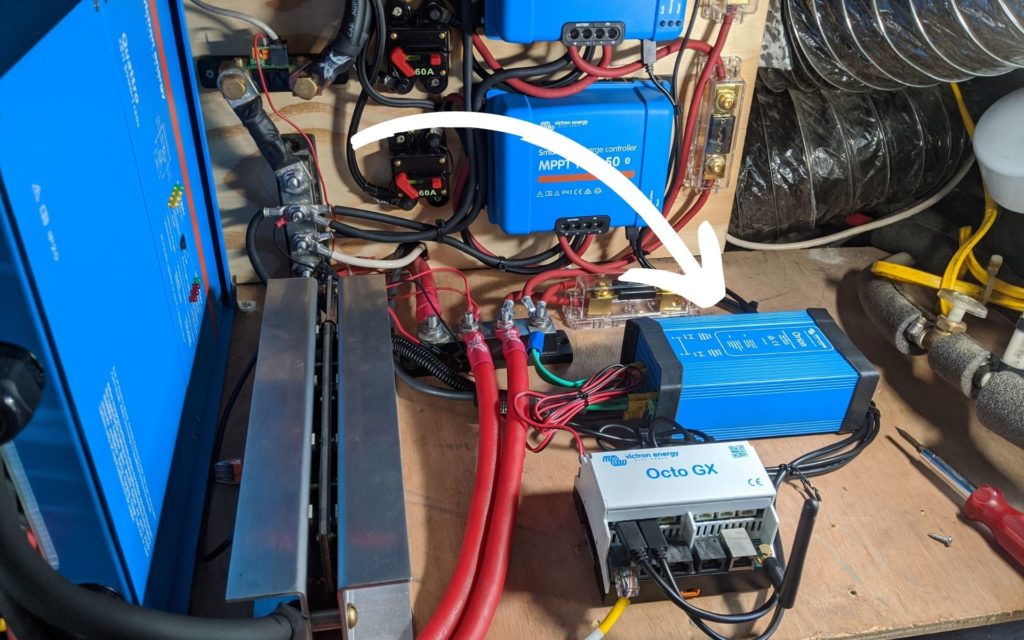
Technically, the word “converter” means to change. Therefore, the difference between “inverter” and “converter” is really just terminology, and many people use them interchangeably. However, the term “converter” typically refers to an AC to DC converter (or a battery charger), while “inverter” refers to the process of changing DC power to AC power.
Because RVs and boats do not always require an inverter, but always have a battery charger, the general term used for the battery charger was the converter. This terminology still remains today. Thus, the device you get to convert your battery power into 110V power through your outlets is called an inverter, while a battery charger is an AC to DC converter.
→ Dive Deeper: What Is an RV Battery Inverter?
There are several differences between AC and DC power. The fundamental difference lies within their names. DC stands for “direct current,” and AC stands for “alternating current.” Therefore, with DC energy, the electrons are only flowing in one direction, and with AC energy, electrons flow in alternating directions.
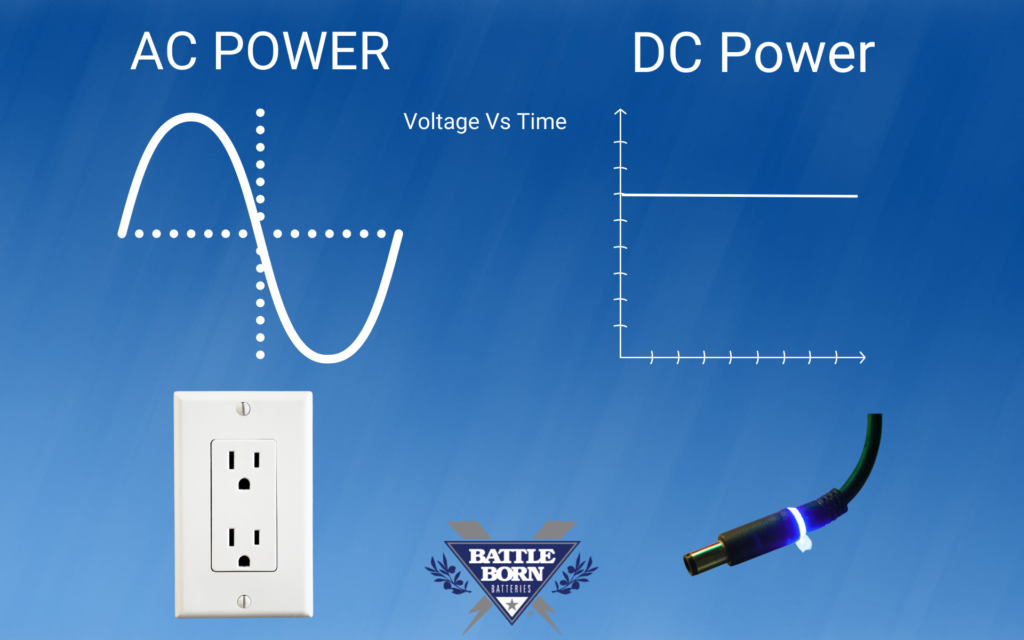
Another main difference is voltage. AC power can have its voltage changed very easily whereas DC power is more complicated to change the voltage. Because of this AC power is stepped up to very high voltages to transmit long-distance and is used for the power grid. Generally, DC power operates at lower touch-safe voltages under 50 volts whereas AC power operates at a few hundred to over 1 million volts. There are exceptions to this voltage, however.
Lastly, DC power is the only form of electricity that you can store. This is why we convert AC power to DC power to charge a battery. It’s also why we invert battery power AC power to run common household devices.
Now that we’ve covered the basics let’s take a deep dive into converting DC power to AC power. This includes how it works and how we use it.
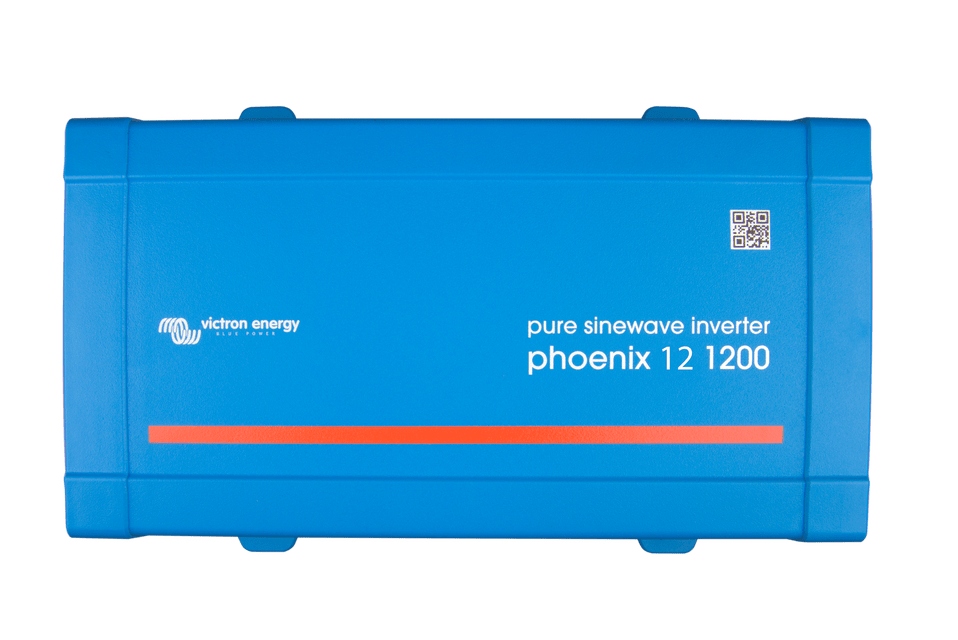
Inverters work by electronically generating an AC waveform from DC power. AC is generally created by a rotating generator that an inverter needs to simulate. It converts DC power to AC power by rapidly switching the direction of DC input back and forth between positive and negative. Once the power has been converted, it runs through a transformer that changes the voltage to the desired output.
DC to AC inverters assist battery storage systems and off-grid power. Because batteries output DC power, you’ll need a DC to AC inverter in order to power most household devices (unless it’s a 12V electronic). This is why all household, RV, and boat off-grid setups usually have an inverter as one of the main parts of the system.
Most solar and wind generators also only produce DC power that needs to be fed to batteries first. An inverter allows the occupants to actually use the electricity that their solar panels are generating.
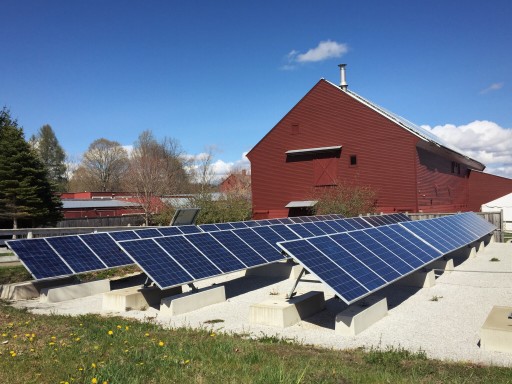
We convert AC power to DC power for completely different purposes. Let’s take a closer look at how this process works and when people use it.
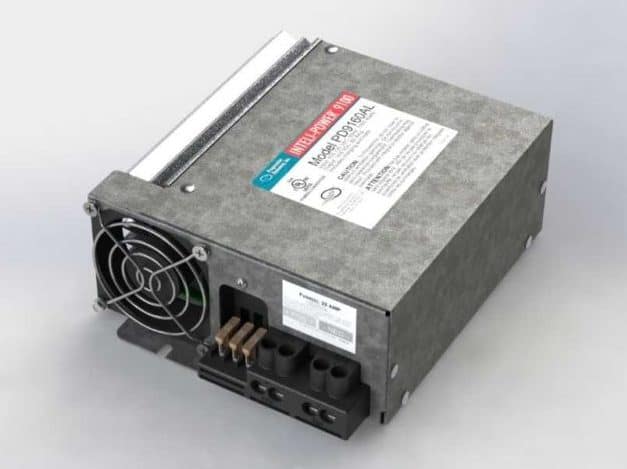
Battery chargers (i.e., AC to DC converters) work by rectifying and filtering the electricity to remove all AC components. And because all batteries need to charge at a specific voltage, battery chargers also limit the current and voltage to avoid overcharging the battery.
These devices help charge batteries. Most RVs, boats, and other mobile electricity systems will have a battery charger (or AC to DC converter) connected to the house batteries. These chargers are used when plugged into the grid or when running a generator to charge batteries. Thus, when you plug your RV into shore power, the battery charger takes the AC power from the grid, transforms it into DC energy, and charges your batteries at the voltage they need.
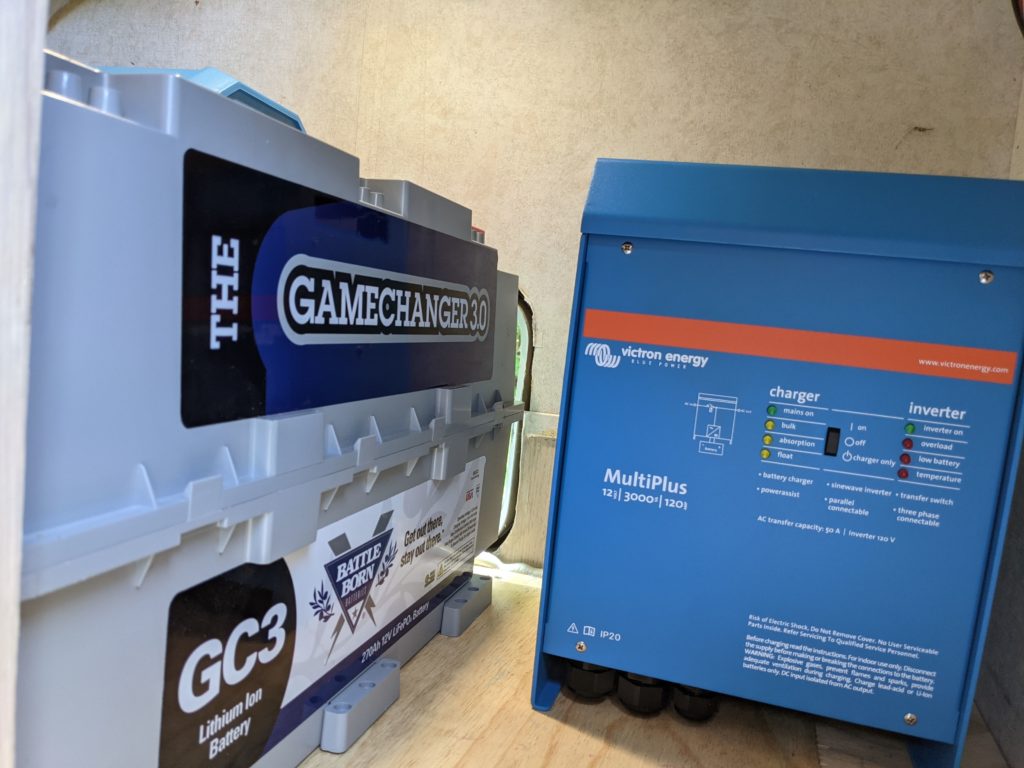
We’ve discussed inverters and battery chargers, but what about DC to DC converters? What are they used for and how do they work?
DC to DC converters are useful when the voltage coming from a battery is too much for the device it’s powering. For example, a truck might have a 24V battery. A DC to DC converter can reduce the 24V to 12V in order to power the radio. They’re also commonly used with deep cycle batteries to drop the voltage to charge phones or laptops. The 12V power needs to be reduced so it won’t overpower the device.
DC-DC converters are also used to charge one battery bank from another. Say a vehicle has both house and chassis batteries of different types. The chassis batteries get charged from the engine but the house batteries cannot be connected directly because they may be a different type like lithium.
A DC-DC converter can charge two different types of batteries that operate at the same voltage. The DC-DC will properly charge the batteries without overpowering the alternator or overcharging the batteries.
DC to DC converters operate a few different ways depending on if they are increasing or decreasing the voltage. They work by taking a DC energy current and passing it through a set of electronic switching elements. The switching element actually turns the electricity into AC power (also known as a square wave) and then back to DC power at a different voltage.
Any time you convert power in some way, you experience a loss. For example, whether or not you’re converting AC to DC, DC to AC, or DC to DC, you will lose some of the original electricity in the conversion process.
This loss of power is converted to heat which needs to be removed. Power converters need to be installed in such a way that they have proper airflow or they could overheat.

Power converters are an essential part of any off-grid setup. They transform energy from AC to DC power and then back again, as well as change the voltage of DC power. Because of power converters, you can charge your house batteries with electricity from the power grid and fully utilize your solar power system.
Nevertheless, understanding the ins and outs of AC and DC power can seem daunting, especially if you aren’t an electrician.
Do you have any questions about power converters or AC and DC power? Drop them in the comments below!
We know that building or upgrading an electrical system can be overwhelming, so we’re here to help. Our Reno, Nevada-based sales and customer service team is standing by at (855) 292-2831 to take your questions!
Also, join us on Facebook, Instagram, and YouTube to learn more about how lithium battery systems can power your lifestyle, see how others have built their systems, and gain the confidence to get out there and stay out there.
Shop Best Sellers

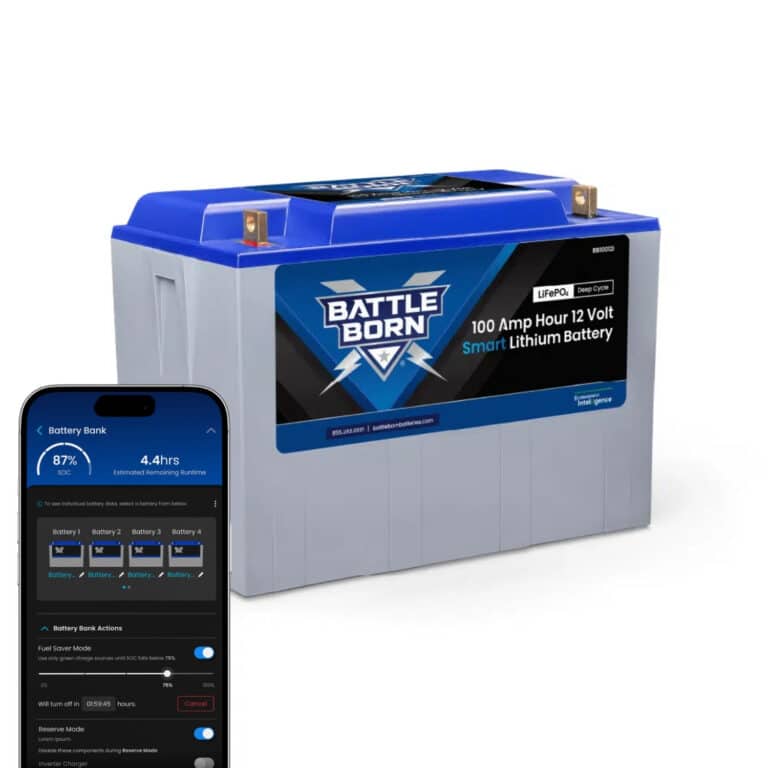

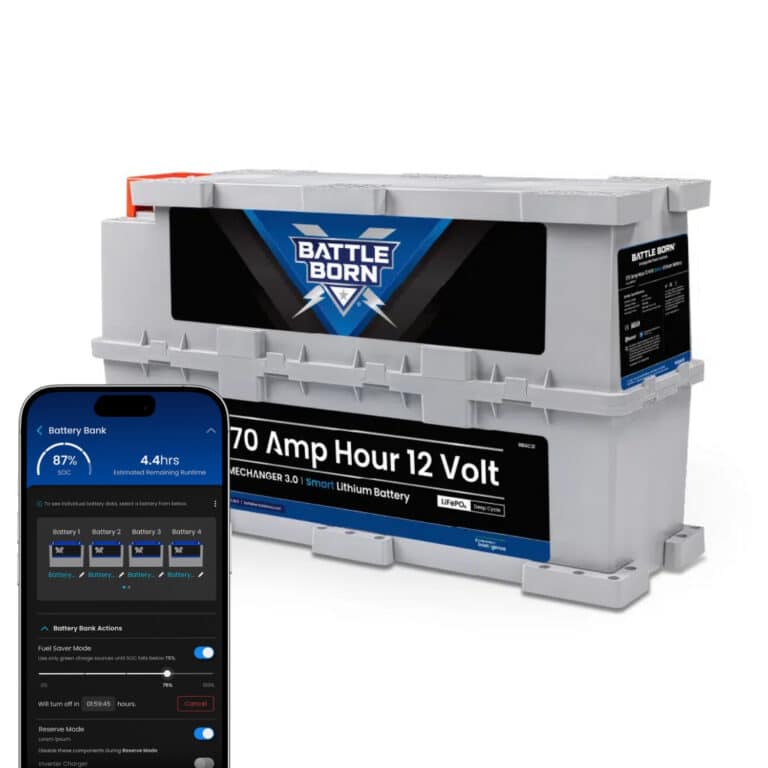




Ask a technical specialist now at 855.292.2831
Stay in the Know